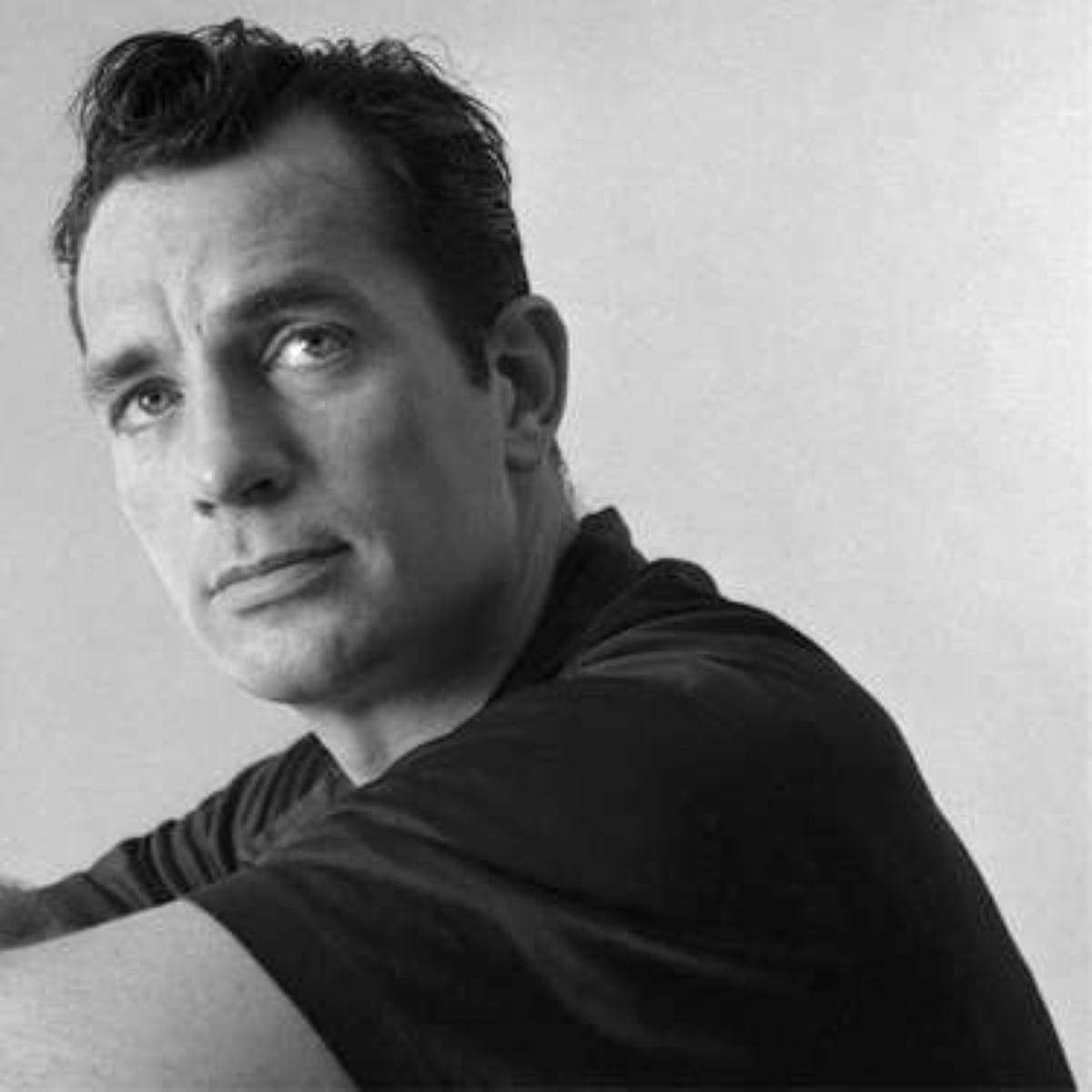The story of writer Jack Kerouac and his relationship with Mexico
In 1950, Jack Kerouac, Neal Cassady, and another friend crossed the international border into Mexico at Nuevo Laredo. These were their first impressions of Mexicans in the small towns and villages.

In 1950, Jack Kerouac, Neal Cassady, and another friend crossed the international border into Mexico at Nuevo Laredo. Their first impressions of the Mexicans in the small towns and villages-especially those of indigenous origin-that they traveled through en route to Mexico City led Kerouac to compare them to the fellaheen in other parts of the planet and to consider them as part of an essential, primal, timeless humanity:
The other two were sleeping and I was still alone at the wheel with my eternity in tow. It was not like driving through Carolina, Texas, Arizona, or Illinois; it was like driving across the world through places where we would, at last, learn to know each other among the indigenous of the world, that basic essential race of primitive and suffering humanity stretching across the equatorial belly of the planet from Malaya (that long fingernail of China) to the great subcontinent of India, to Arabia, to Morocco, to those same deserts and jungles of Mexico and over the seas to Polynesia, to the mystical Siam of the Yellow Mantle [... These individuals were undoubtedly indigenous and in no way resembled the Pedros and Panchos of the stupid American lore [...] they had protruding cheekbones and slanting eyes and delicate gestures; they were not idiots, they were not clowns; they were solemn and serious Indians, they were the origin of humanity, its fathers. The waves are Chinese, but the land is an Indian affair. As essential as the rocks of the desert are they in the desert of "history".




